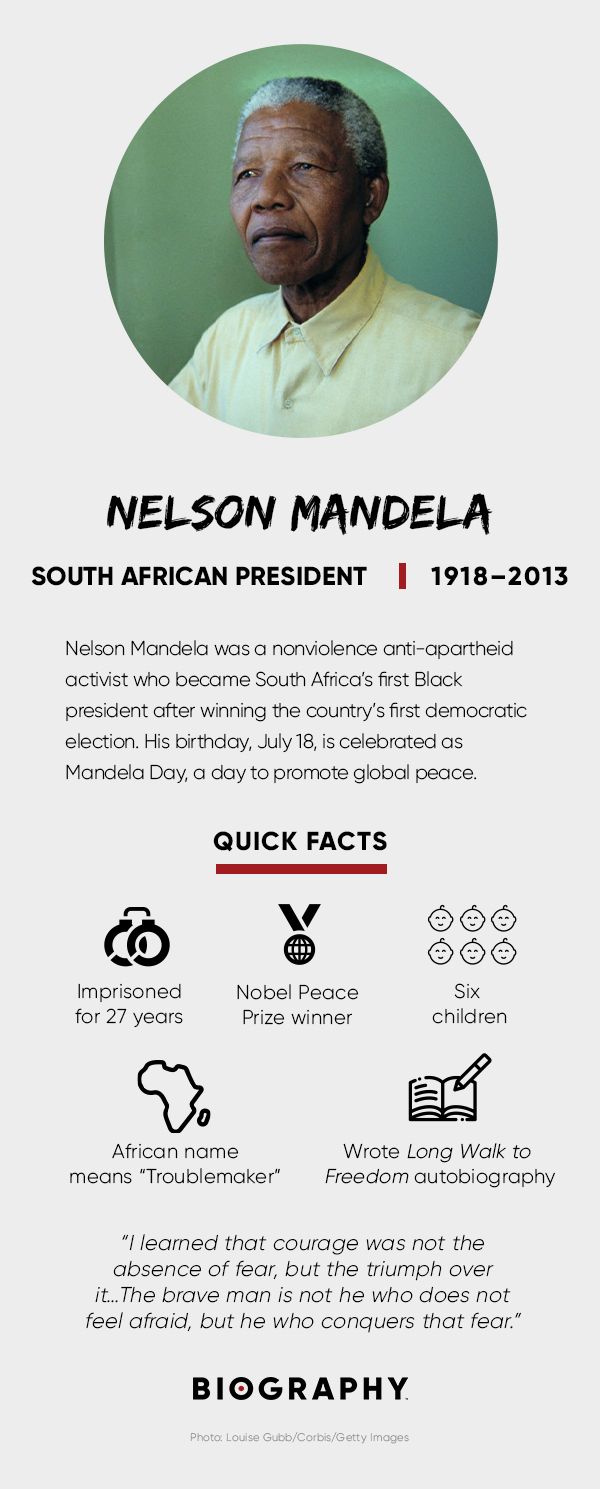
Nelson Mandela is a name that embodies the ideals of **freedom**, **justice**, and **human rights**. He was not merely a political leader; he emerged as a symbol of hope and resilience for countless individuals around the globe. Born on July 18, 1918, in the small village of Mvezo, South Africa, Mandela’s life story is one of remarkable transformation and unwavering determination. His journey took him from humble beginnings to the historic achievement of becoming South Africa’s first Black president, a milestone that marked a significant turning point in the nation’s history. Mandela’s tireless efforts in the struggle against apartheid and his commitment to reconciliation and equality have left an indelible mark on the world. His legacy continues to inspire movements for justice and human rights, reminding us of the power of perseverance and the importance of standing up against oppression. Let us delve deeper into the extraordinary life of this iconic figure and examine the profound influence he has had on society and the ongoing fight for freedom and dignity for all.
Early Life: Roots of a Leader
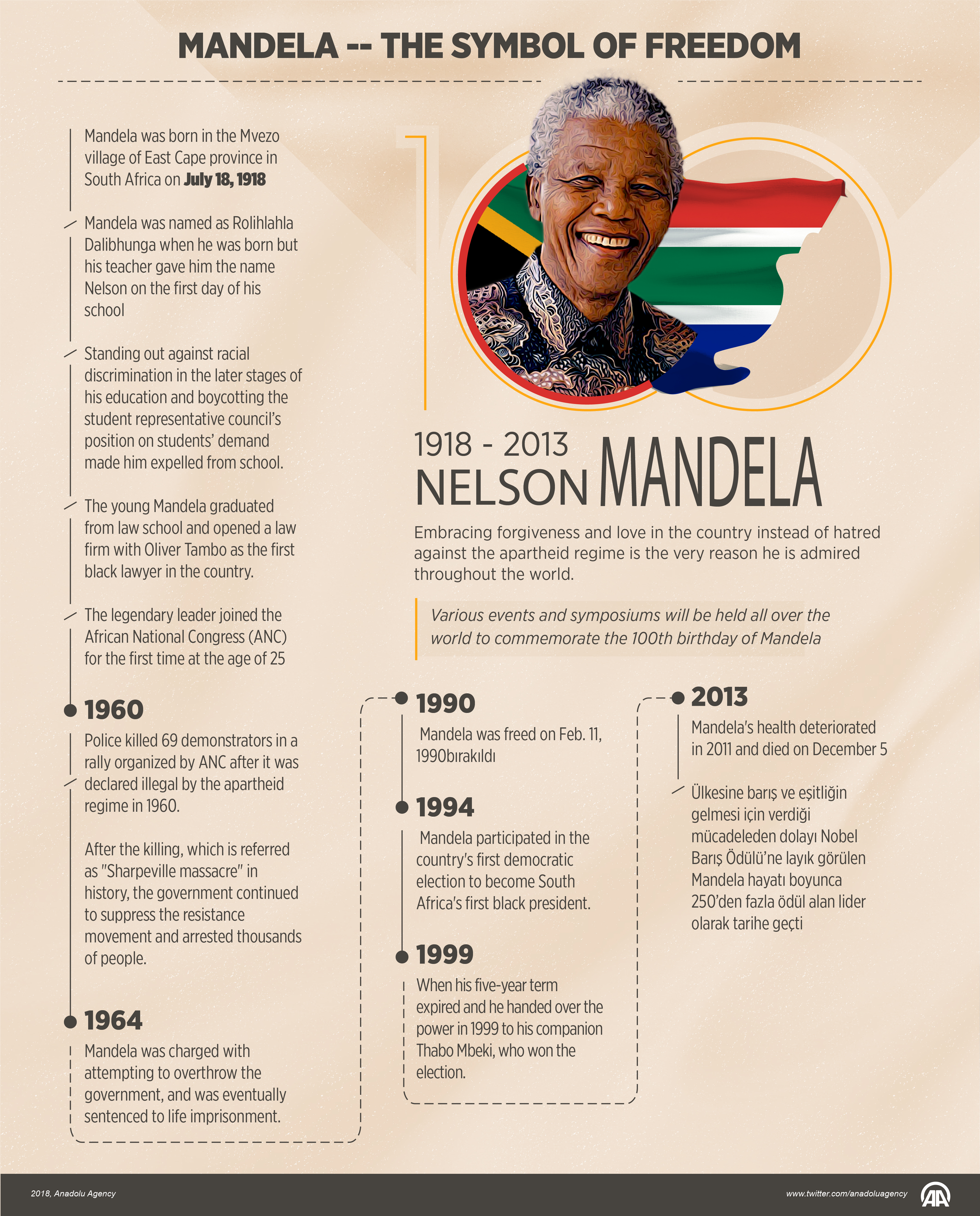
Childhood and Education
Nelson Mandela was born into the esteemed **Madiba clan**, which is part of the Xhosa-speaking Tembu people, a group rich in cultural heritage and tradition. His early life was marked by the loss of his father, Chief Henry Mandela, who passed away when Nelson was still a child. Following this tragedy, he was raised by Jongintaba, the regent of the Tembu, who took on the responsibility of nurturing him. Despite being born into a noble lineage that could have led him to claim a position of chieftainship, Mandela chose a different path. He was determined to pursue a career in law, believing that education would empower him to fight for justice and equality. He enrolled at the **University of Fort Hare**, where he began to develop his political consciousness, and later transferred to the **University of the Witwatersrand**, where he continued his legal studies. This solid educational foundation would prove crucial in shaping his future endeavors as an activist and leader in the struggle against apartheid.
Joining the African National Congress (ANC)
In 1944, a significant turning point in Mandela’s life occurred when he joined the **African National Congress (ANC)**. This decision marked the beginning of his deep commitment to the fight for the rights of Black South Africans and would ultimately define his legacy. As a member of the ANC, he quickly rose to prominence within the organization, particularly in the Youth League, where he became a vocal advocate for social justice and equality. That same year, he also entered into marriage with Evelyn Ntoko Mase, intertwining his personal life with his burgeoning political ambitions. This period was crucial, as it laid the groundwork for Mandela’s future leadership roles and his unwavering dedication to the cause of freedom and human rights in South Africa.
The Fight Against Apartheid
![]()
Defiance and Activism
Nelson Mandela’s journey as an activist began to gain significant traction during the 1950s, a decade marked by intense struggle against the oppressive apartheid regime in South Africa. In 1952, he took a monumental step by co-founding the country’s first Black law firm alongside his colleague Oliver Tambo. This law firm was not just a legal practice; it became a vital platform for addressing and challenging the numerous injustices that arose from the apartheid laws. One of Mandela’s pivotal contributions during this time was his leadership in the campaign against the infamous **pass laws**, which severely restricted the movement and rights of nonwhite South Africans. He traveled extensively across the nation, passionately rallying support for nonviolent protests and encouraging communities to stand up against these discriminatory regulations. However, as the political climate grew increasingly volatile and oppressive, Mandela came to the sobering realization that nonviolent methods alone might not suffice to dismantle the entrenched system of apartheid.
The Shift to Armed Resistance
The turning point in Mandela’s activism came in the wake of the **Sharpeville Massacre** in 1960, a tragic event where police opened fire on unarmed protesters, resulting in numerous deaths and injuries. This brutal act of violence profoundly impacted Mandela and many others, prompting a reevaluation of their strategies. In response to the escalating violence and repression, Mandela co-founded **Umkhonto we Sizwe** (“Spear of the Nation”), which served as the military wing of the African National Congress (ANC). This organization was established with the intent of conducting acts of sabotage against the apartheid regime, marking a significant shift in Mandela’s approach to the struggle for freedom. This decision not only represented a departure from his earlier commitment to nonviolence but also set the stage for his eventual arrest and the subsequent years of imprisonment that would define his legacy as a leader in the fight against apartheid.
Imprisonment: The Long Walk to Freedom
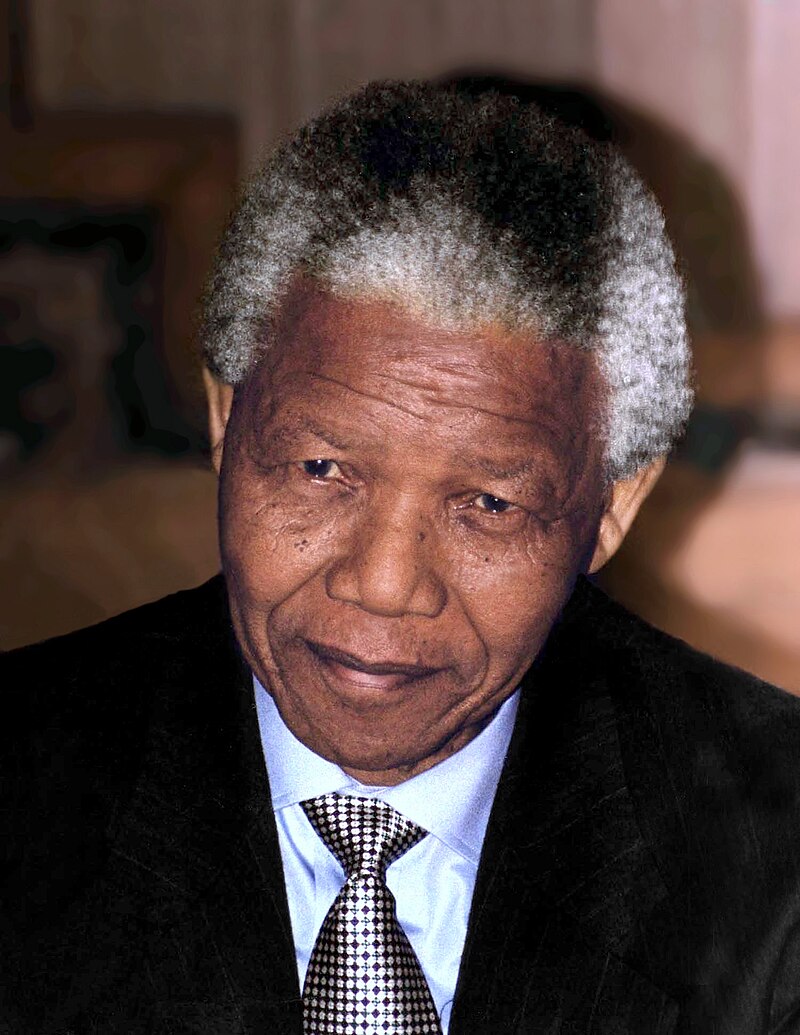
Robben Island: A Prisoner’s Tale
In 1964, Nelson Mandela was sentenced to life imprisonment during the infamous **Rivonia Trial**, a pivotal moment in South Africa’s struggle against apartheid. For 27 long years, he endured the harsh realities of prison life, primarily on the notorious **Robben Island**. The conditions were grueling, with limited access to basic amenities and harsh treatment from prison guards. Yet, even in the face of such adversity, Mandela emerged as a powerful symbol of resistance and hope. His unwavering spirit and commitment to justice inspired countless individuals, not only within South Africa but also across the globe. It’s hard to fathom the strength it takes to maintain hope and purpose while spending nearly three decades confined behind bars, yet Mandela did just that, becoming a beacon of resilience for oppressed people everywhere.
International Support and Solidarity
During Mandela’s imprisonment, a wave of international support began to swell, amplifying the call for justice and equality in South Africa. Activists from all corners of the world rallied together, advocating for his release and shining a spotlight on the injustices of apartheid. The **Free Nelson Mandela** campaign emerged as a powerful rallying cry, uniting people from diverse backgrounds and cultures in a shared commitment to human rights. This global movement not only elevated Mandela to the status of a worldwide icon of the anti-apartheid struggle but also fostered a sense of solidarity that transcended borders, demonstrating the profound impact of collective action in the fight against oppression.
The Road to Freedom
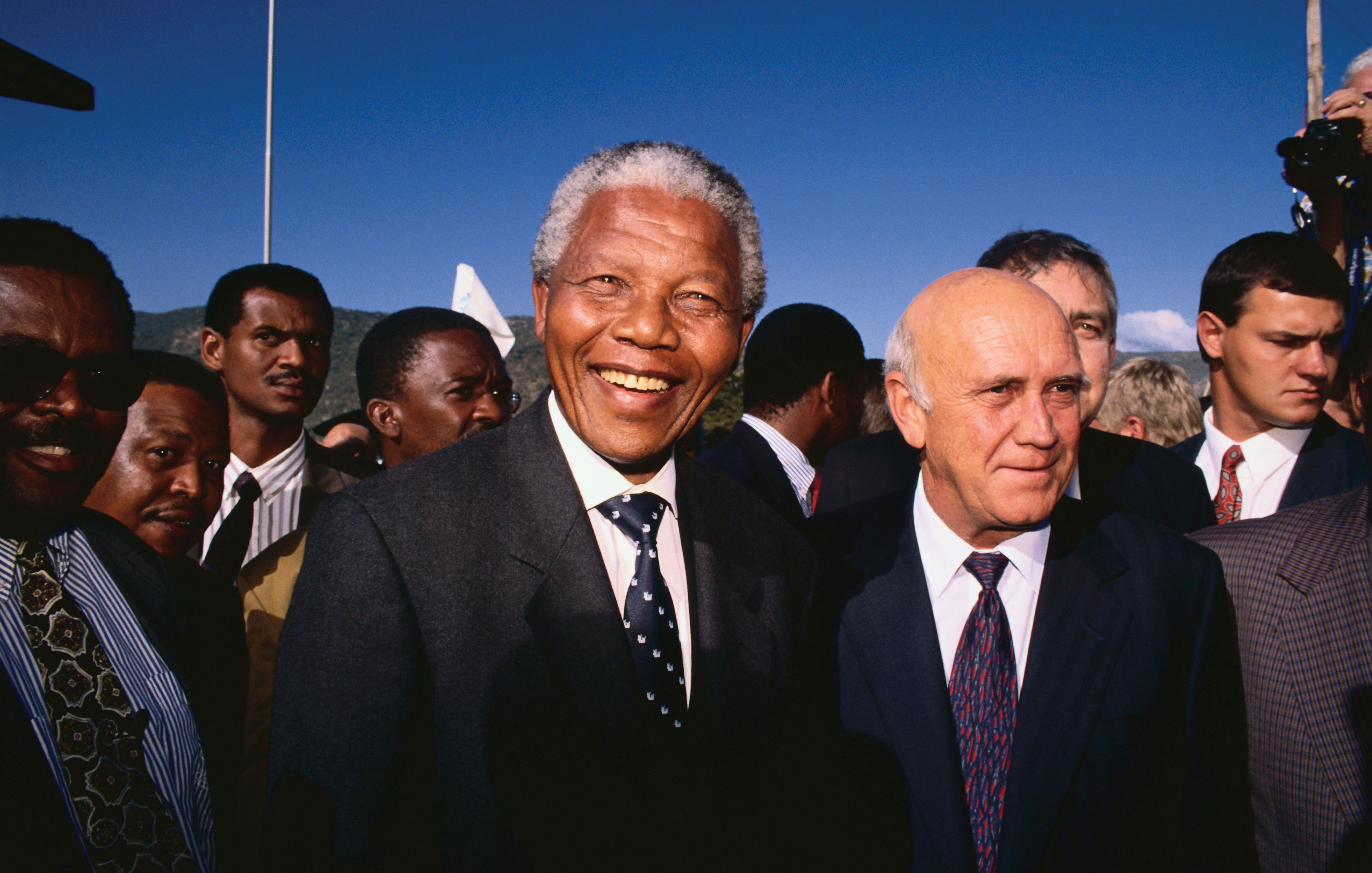
Negotiations and Release
In the early 1990s, as apartheid began to crumble, negotiations between Mandela and then-President **F.W. de Klerk** commenced. These discussions were fraught with tension but ultimately led to Mandela’s release on February 11, 1990. His return to freedom was not just a personal victory; it symbolized the triumph of justice over oppression.
Becoming President
In 1994, Mandela made history by becoming South Africa’s first Black president. His presidency was marked by efforts to heal a divided nation. He emphasized **reconciliation** and **nation-building**, proving that leadership is not just about power but about fostering unity.
Legacy: A Lasting Impact
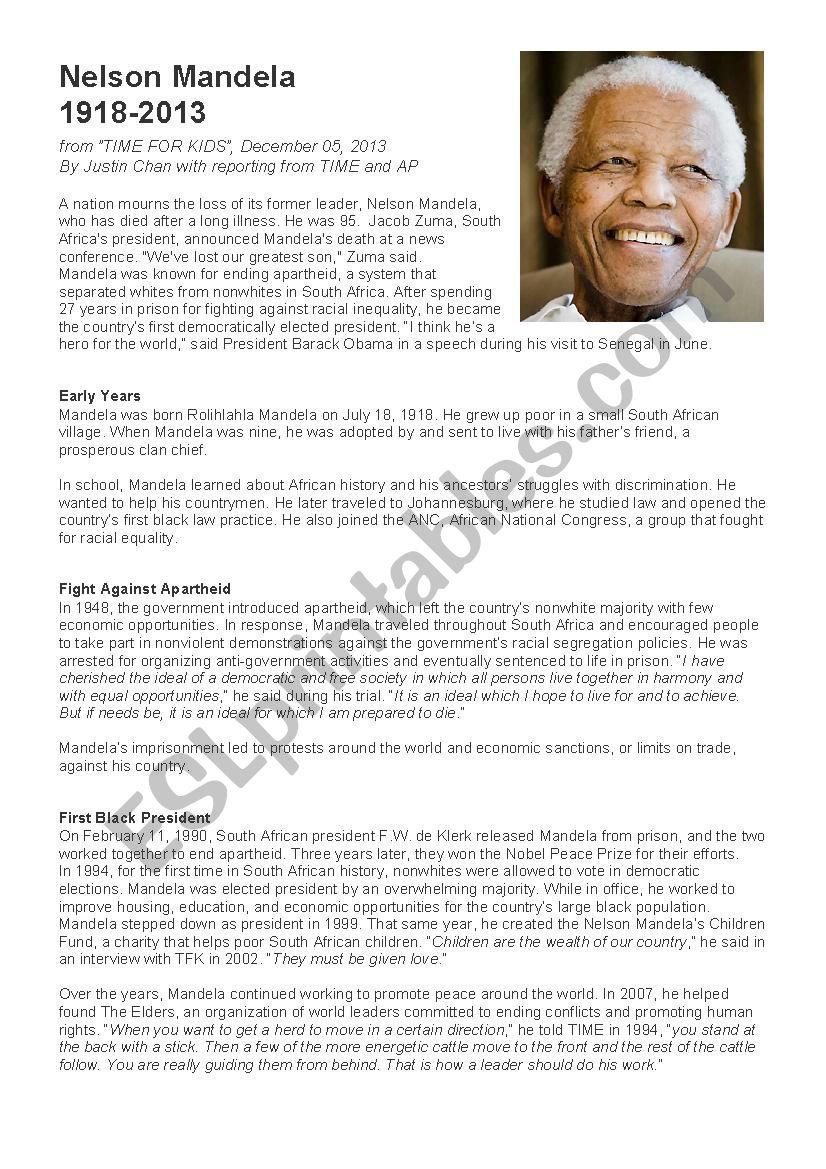
Nobel Peace Prize and Global Influence
In 1993, Mandela and de Klerk were jointly awarded the **Nobel Peace Prize** for their roles in ending apartheid. Mandela’s influence extended beyond South Africa; he became a global advocate for peace, human rights, and social justice. His speeches resonated with people fighting for equality worldwide.
Writings and Reflections
Mandela’s literary contributions, including his autobiography **”Long Walk to Freedom,”** provide profound insights into his thoughts and experiences. His writings serve as a guide for future generations, emphasizing the importance of perseverance and hope.
Personal Life: Love and Loss
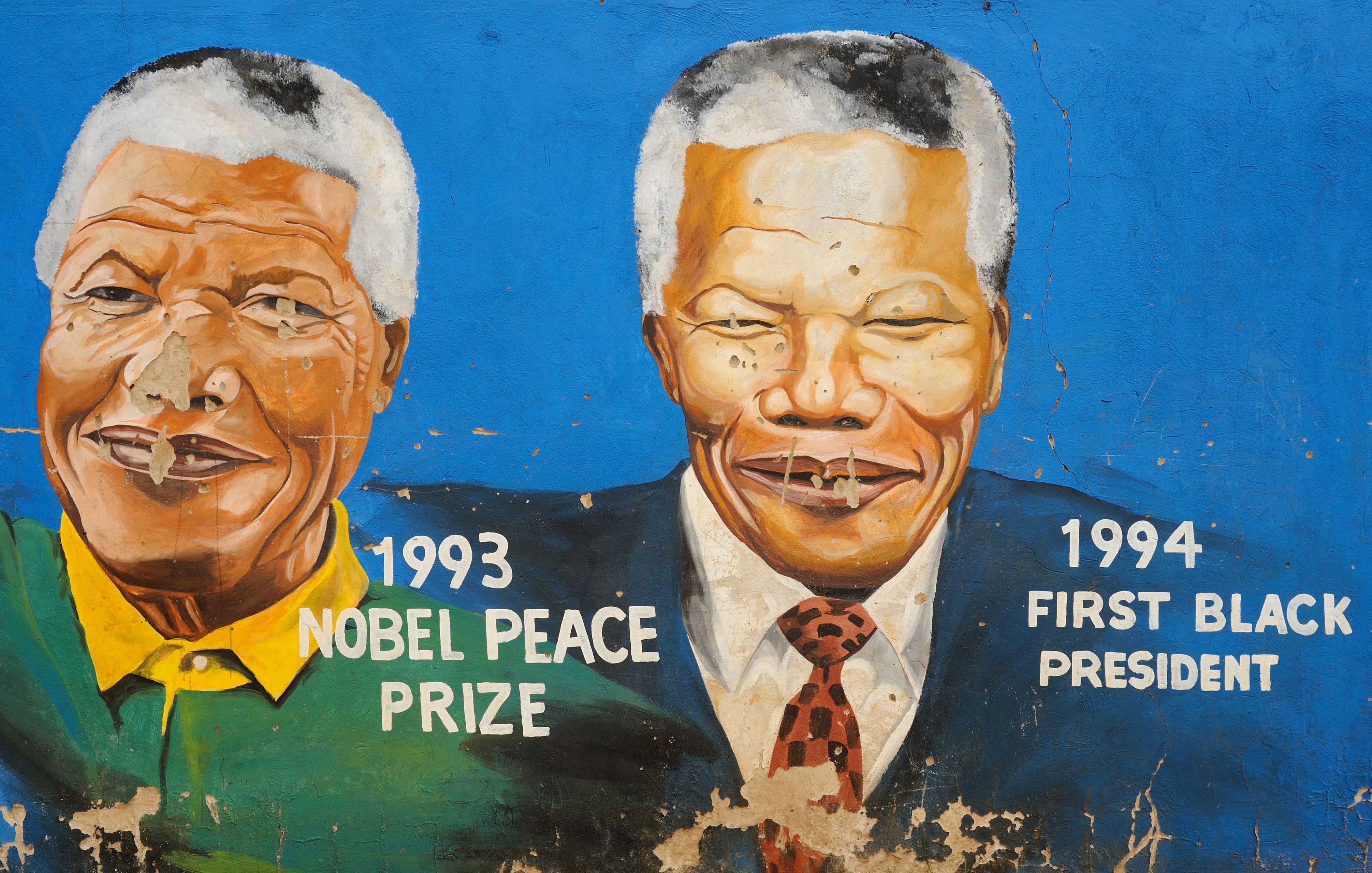
Marriages and Family
Mandela’s personal life was as complex as his political journey. He was married three times: to Evelyn Ntoko Mase, Winnie Madikizela-Mandela, and Graça Machel. Each relationship shaped his life in different ways, reflecting the challenges he faced both personally and politically.
Health and Final Years
In his later years, Mandela faced health challenges but remained active in advocating for various causes, including HIV/AIDS awareness. He passed away on December 5, 2013, at the age of 95, leaving behind a legacy that continues to inspire.

Nelson Mandela’s life is a testament to the power of **courage**, **determination**, and **forgiveness**. His journey from a small village to the presidency of South Africa is a story of resilience that transcends borders. As we reflect on his legacy, let us ask ourselves: How can we embody the **Madiba spirit** in our own lives? Whether through acts of kindness, standing up for justice, or simply spreading love, we can all contribute to making the world a better place.
Table: Key Milestones in Nelson Mandela’s Life

| Year | Milestone |
|---|---|
| 1918 | Born in Mvezo, South Africa |
| 1944 | Joined the African National Congress (ANC) |
| 1964 | Sentenced to life imprisonment |
| 1990 | Released from prison |
| 1994 | Elected as South Africa’s first Black president |
| 2013 | Died in Johannesburg |

